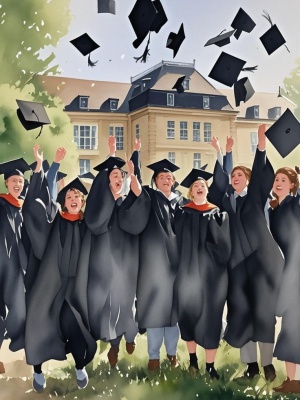The Art of Car Watercolor Painting: A Comprehensive Guide
Introduction
Car watercolor painting is a unique and expressive art form that combines the precision of automotive design with the fluidity of watercolor techniques. This medium allows artists to capture the essence of vehicles in a way that traditional methods cannot, creating stunning, ethereal representations of cars. Whether you're a beginner or an experienced artist, mastering car watercolor painting can open up new creative possibilities.
In this guide, we'll explore the key aspects of car watercolor painting, from essential techniques to common challenges and solutions. For more inspiration, check out our gallery featuring various automotive artworks.

Essential Techniques for Car Watercolor Painting
Understanding Watercolor Properties
Watercolors behave differently from other paints, especially when painting mechanical subjects like cars. Key characteristics to master include:
- Transparency and layering effects
- Controlling water-to-pigment ratios
- Working with wet-on-wet vs. wet-on-dry techniques
- Creating sharp edges for car details
Capturing Metallic Surfaces
One of the biggest challenges in car watercolor painting is rendering reflective metal surfaces. Successful techniques include:
- Start with light washes to establish reflections
- Use masking fluid to preserve highlights
- Build up color gradually in thin layers
- Add final details with a fine brush or pen
Common Challenges and Solutions
Problem: Maintaining Proportions
Many artists struggle with keeping car proportions accurate in watercolor. The solution lies in careful preliminary sketching. According to Watercolor Painting, spending extra time on the initial drawing can save hours of corrections later.
Problem: Creating Depth
Watercolors can appear flat if not handled properly. To create depth:
- Use warm colors to bring elements forward
- Employ cool colors for receding elements
- Vary edge hardness (soft for distant elements, hard for foreground)
Advanced Car Watercolor Techniques
Creating Motion Effects
Watercolor is perfect for suggesting speed and movement. Techniques include:

Directional brush strokes can imply movement, while splattering techniques can suggest road spray or speed lines. For more advanced techniques, our AI painting guide offers digital approaches that can inspire traditional work.
Mixed Media Approaches
Many artists combine watercolor with other media for car paintings:
- Ink outlines for definition
- Gouache for opaque highlights
- Colored pencils for fine details
Conclusion
Car watercolor painting offers a beautiful balance between technical precision and artistic expression. By mastering the techniques discussed and overcoming common challenges, artists can create stunning automotive artworks that capture both the mechanical beauty and emotional impact of vehicles.

For those interested in exploring digital alternatives, our AI text to image tools can help generate reference images for your watercolor paintings. Remember, whether working traditionally or digitally, the key to successful car watercolor painting lies in practice, observation, and experimentation.
